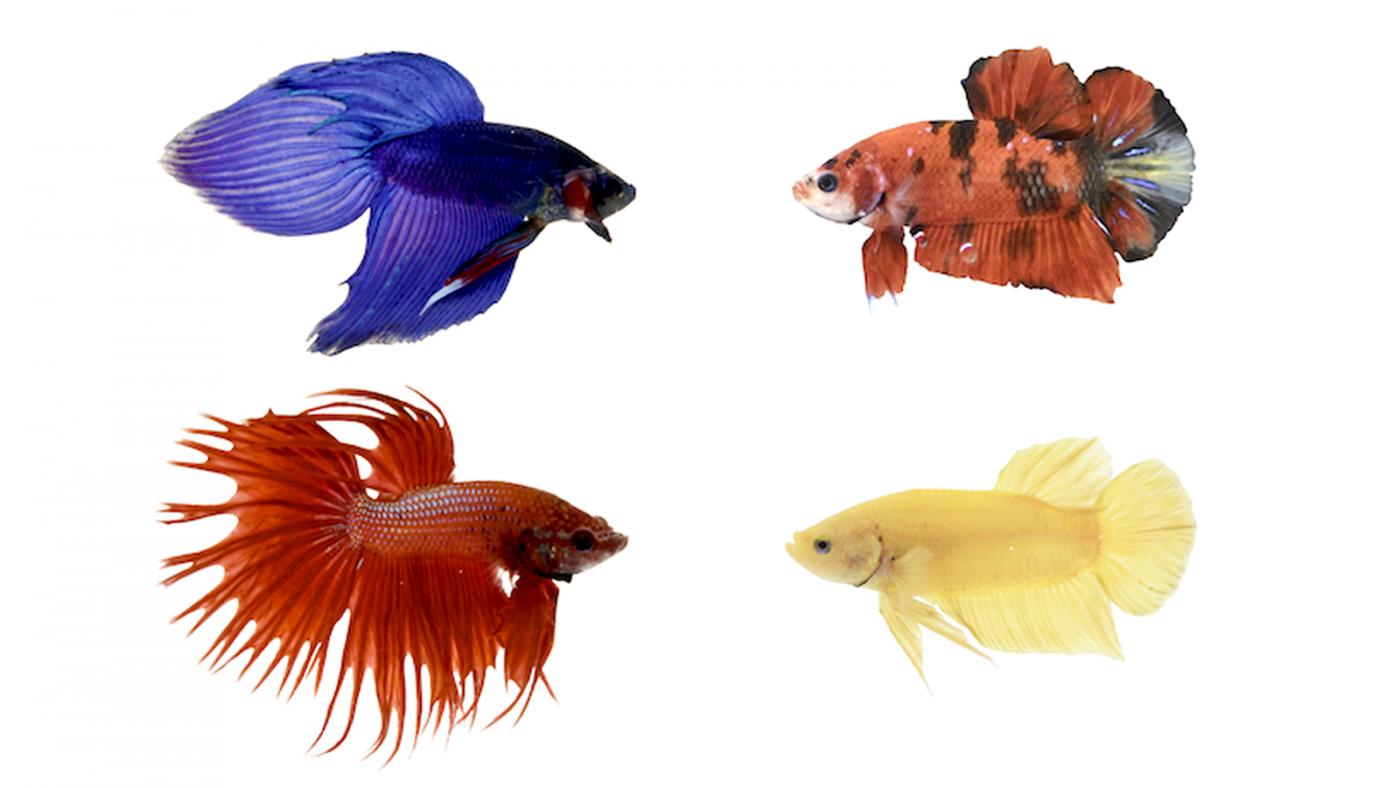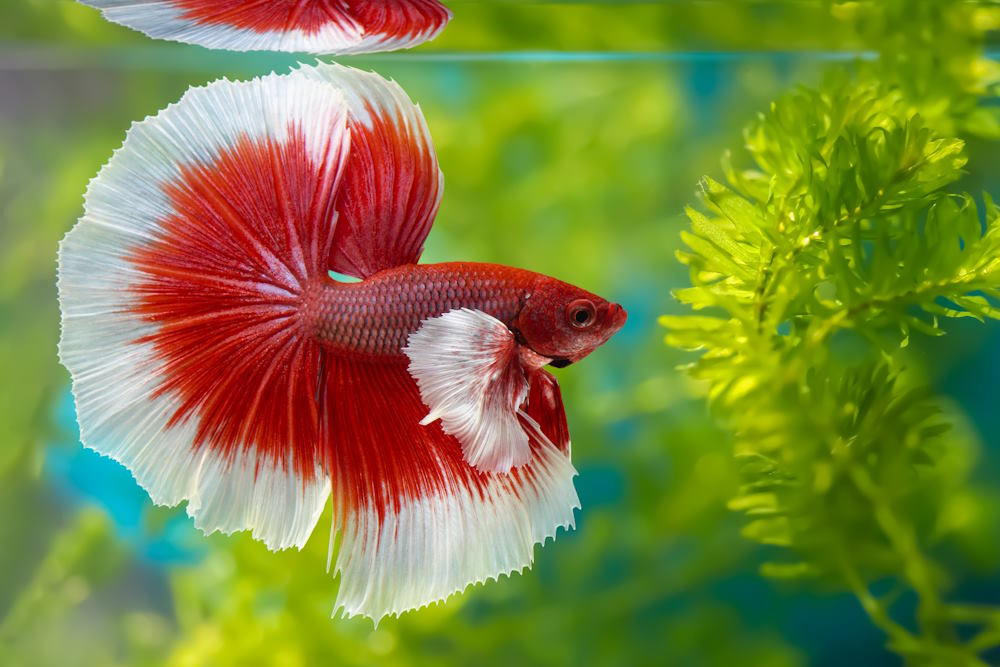Betta Fish Diet: What to Feed Your Betta for Optimum Health And Wellness
Betta Fish Diet: What to Feed Your Betta for Optimum Health And Wellness
Blog Article
Everything About Betta Fish: Comprehending Their Distinct Requirements, Actions, and the Ideal Practices for Optimal Care
Recognizing the unique demands and behaviors of Betta fish is essential for any kind of aquarist wanting to offer ideal treatment. These fascinating creatures, belonging to the cozy waters of Southeast Asia, display distinct territorial propensities and need specific environmental conditions to prosper. From choosing the right storage tank dimension to recognizing prospective health concerns, numerous elements dramatically influence their well-being. As we explore these elements additionally, the ramifications for both novice and experienced fish keepers come to be progressively apparent, questioning about exactly how best to accommodate these impressive fish in our homes.
Betta Fish Summary
Although frequently admired for their dynamic shades and flowing fins, Betta fish, medically referred to as Betta splendens, are complex animals that call for specific care to thrive. Stemming from Southeast Asia, these freshwater fish are understood for their territorial nature and special actions. Betta fish show sex-related dimorphism, with men displaying a lot more dazzling shades and longer fins than females.
Their hostile propensities, specifically amongst males, necessitate careful factor to consider when housing them. Bettas are commonly kept in single-specimen tanks to stop territorial disputes. However, they can exist together peacefully with certain compatible varieties in larger neighborhood storage tanks, gave the setting satisfies their needs.

To make certain optimal care, aquarists must recognize their special behavioral attributes, dietary demands, and habitat demands. betta fish. With correct focus, Betta fish can show their vibrant characters and thrive in a properly maintained fish tank setting
All-natural Environment and Setting
Betta fish thrive in a varied range of natural habitats, largely located in the superficial waters of Southeast Asia, consisting of rice paddies, swamps, and slow-moving streams. These environments are defined by warm temperatures, normally in between 75 ° F and 82 ° F(24 ° C and 28 ° C ), and a pH level varying from 6.5 to 7.5, which is excellent for their health and wellness.
In their natural environments, Betta fish are accustomed to dense plants, offering both shelter and breeding grounds. The presence of plants such as drifting water lilies and thick lawns not only supplies protection from killers but additionally adds to the oxygenation of the water, which is essential for their respiratory demands. In addition, these atmospheres often have areas of still water, enabling Betta fish to show their natural actions such as bubble nesting.
Understanding the natural habitat of Betta fish is critical for aquarium lovers. Duplicating these conditions-- via water temperature level, pH balance, and the incorporation of real-time plants-- can dramatically enhance the overall wellness and long life of these captivating fish, guaranteeing they thrive in a home aquarium setup.
Social Behavior and Communications
Comprehending the social habits and communications of Betta fish is necessary for successful fish tank management. Betta fish, or Siamese combating fish, are recognized for their unique behavior qualities, find more information defined largely by territoriality and hostility.
Alternatively, women Bettas exhibit much less hostile actions and can exist side-by-side in teams, understood as sororities, if introduced appropriately. It is essential to monitor their interactions carefully, as hierarchy and prominence can lead to problems. Recognizing the characteristics within a Betta area is crucial; developing concealing places and making sure enough space can reduce hostility.
Additionally, Betta fish may additionally display inquisitiveness and social actions in the direction of various other varieties. While they can exist side-by-side with specific non-aggressive tank mates, it is necessary to select compatible varieties to stay clear of stress and aggressiveness. In general, recognizing these social interactions is essential to promoting a harmonious aquarium atmosphere for Betta fish.
Essential Treatment Guidelines
Giving correct look after Betta fish is critical to their health and wellness. To make sure a thriving setting, it is crucial to keep optimum water conditions. why not try these out The water temperature must be maintained in between 76 ° F and 82 ° F(24 ° C to 28 ° C), while pH levels should range from 6.5 to 7.5. Regular water modifications-- approximately 25% regular-- aid maintain water quality.
Betta fish call for an ideal container dimension; a minimum of 5 gallons is advised to provide appropriate room for swimming and hiding. Include decorations and plants to produce a revitalizing setting, yet avoid sharp items that can hurt their delicate fins.

Last but not least, make sure the container is equipped with a filter to keep the water tidy, but utilize a mild filter to prevent strong currents that can emphasize the fish. By adhering to these vital care standards, proprietors can promote a healthy and balanced and dynamic Betta fish.
Common Wellness Issues and Solutions
In the treatment of Betta fish, understanding of typical health concerns is important for keeping their well-being. To deal with fin rot, improve water conditions and think about using a broad-spectrum antibiotic.
One more typical condition is ich, a parasitical infection characterized by white places on Get More Information the fish's body (betta fish). Treatment involves enhancing water temperature level and adding fish tank salt to the storage tank, as this can assist remove the parasite
Swim bladder problem is also frequently observed, bring about buoyancy issues. This condition might arise from overfeeding or irregularity. A fasting duration of 24-48 hours, adhered to by a diet of blanched peas, can offer alleviation.
Last but not least, bettas may struggle with velour condition, shown by a gold dust-like appearance on their skin. Treatment typically needs medication specifically developed for outside bloodsuckers, alongside improved container health.
Normal monitoring of water parameters, maintaining a clean atmosphere, and offering a balanced diet are crucial precautionary steps. By dealing with these health problems immediately, Betta fish can lead much healthier, extra vivid lives.
Conclusion
In summary, effective betta fish care requires an understanding of their distinct demands and habits. Offering an appropriate environment, including proper container size and water problems, is vital for their wellness. In addition, acknowledging their territorial nature and making sure appropriate hiding spots can prevent aggressiveness. Routine surveillance of health and wellness and water high quality, together with a balanced diet plan, contributes to the long life and vibrancy of betta fish. Complying with these standards will certainly promote a thriving aquatic environment for these exciting animals.
Report this page